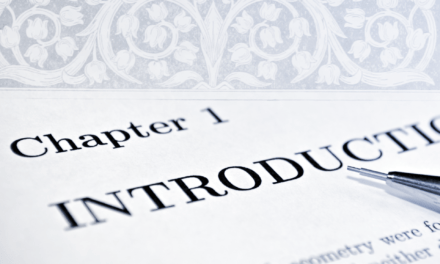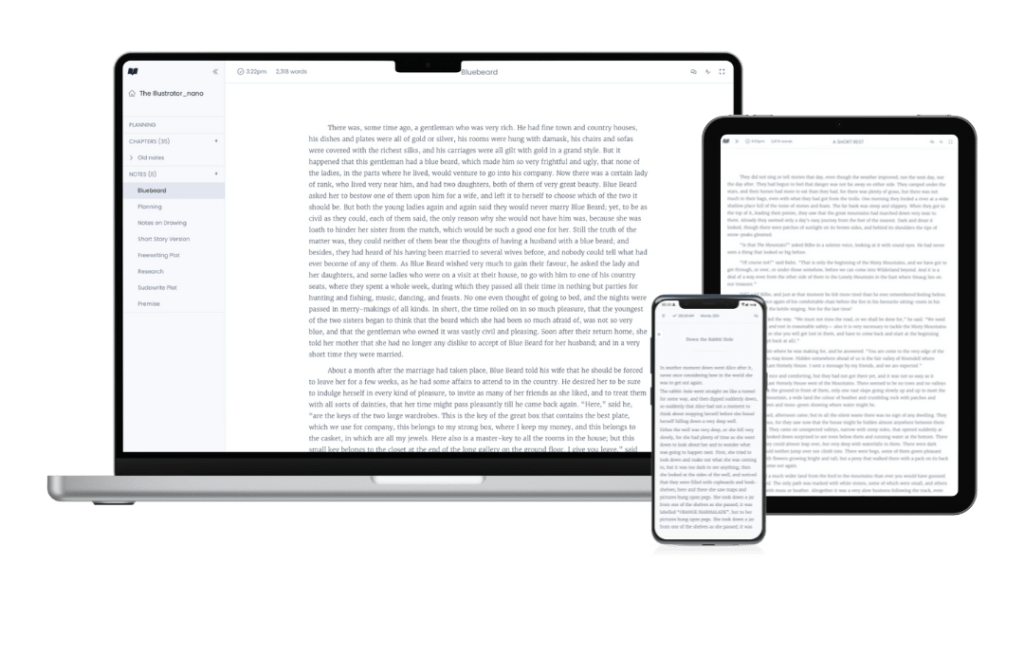
Five Amazing 10-Minute Writing Exercises
Just like a muscle, you need to exercise your creativity. Writing is a skill that develops, not just one you have, and like any skill, you must practice to become the best writer you can be.
While working on a novel or story is excellent practice, it’s good to go back to basics sometimes and work on something self-contained to really put your creativity through its paces. With that in mind, here are some amazing 10-minute writing exercises you can try for your next imaginative workout.
Describe a setting
The next time you’re out, sit down with your laptop, tablet, or notebook and describe your surroundings. Pay attention to the sights, sounds, smells, and the feel of things under your fingers. If you’re not planning on going anywhere, just think of the last place you were and try and describe it from memory. It’s an imaginative exercise, so it doesn’t have to be accurate.
Be as detailed as you can. Don’t just think about the things, but think about the people as well. Who is there? What brought them there? What is going through their minds?
Free write for ten minutes and see what you come up with. It doesn’t matter if it’s nonsense. What it will do is help you develop your descriptive chops – you’ll be able to think more and more granularly about the setting in your own work the more you develop this skill.

Create a character
Go to a random name generator like Behind the Name and generate a name and a backstory. This will give you a starting point that includes name, age, nationality, lifespan, and cause of death.
With this mile-high view of your character, write about them in more detail. What is their life like, what are their hopes and dreams? What events have they already experienced, and what will happen that will lead to their death. Outline their family dynamics, aspirations, their cultural background, and personality quirks. What makes them who they are?
I find characters to be the hardest thing to create from scratch when I write. They usually come together within the context of my world and my wider story, but starting with a character who has no other context than what you give them is an entirely different experience. What you learn from exercises like this will help you develop more complex characters when you work on your projects again.
Timed freewrites
Sometimes having a deadline pushes you to be creative in a way you wouldn’t usually be. Knowing you have all the time in the world can lead to daydreaming in front of a blank page, but if you set yourself a timed goal, then you have to produce something in that time or not at all.
Set a timer for ten minutes and start writing.
Don’t think, just write.
Don’t stop until your full ten minutes have elapsed.
Don’t delete.
Don’t edit.
Just write.
Force words onto the page, even if you don’t feel like it. If what you produce is absolute gibberish, it doesn’t matter. You’ll get an idea of what you’re capable of if you’re not even trying, which will always be much more than you think.
Timed freewrites aren’t designed to produce usable material. What they will do, however, is get you thinking, get you writing, and often germinate an idea that you might not have come up with if you’d been thinking about it too hard.
Often, the best ideas are the ones we find entirely by accident. It’s why timed freewrites are one of the best writing exercises you can do to combat writer’s block.

Write a short story using nothing but dialogue
Realistic dialogue is probably the hardest thing to get right. It’s why it’s one of the most critical parts of the writing craft is to practice.
Choose a scene from one of your own projects or your favourite book, and have two new characters who don’t appear in the plot describe it in conversation.
As an example, if we take Darcy’s proposal to Elisabeth in Pride and Prejudice, you could imagine the proposal itself having been overheard by one of the staff at Longbourne. Taking that, you could write a conversation where that servant recounts the proposal to a friend. How would they tell that story, and how would the style of that conversation differ from the upper-class formality of the proposal itself?
When writing dialogue, try to give each character their own, unique voice. If you’re not using dialogue tags or contextual descriptors, the speech has to do all the heavy lifting. When you read it back, you’ll want to know who is talking and get a sense of the context just through the speech alone.
I’m not going to lie, of the multitude of writing exercises out there, this one is among the most challenging, but it gets easier with practice. And the more you practice, the better your dialogue will be. The secondary benefit is that it will also help you develop more unique character voices.
Create a story with a set beginning and a set end
Take any book off your shelf. Open it to a random page and copy out the first line you read. This will be the first line of your story. Open it to another random page and copy out another line. This will be the last line of your story. Using these two lines as the beginning and end, craft a short story that takes you between the two.
You can make this exercise as short or as long as you want, but I think keeping writing exercises to 10-minute bursts is the most effective way to use them. That said, for an exercise like this, you may want to give yourself a few extra minutes just to think about the path before you set your timer to begin writing.
Having a prescriptive task and time limit will force you to think about your plot direction in a way you usually wouldn’t. You can’t be too detailed about it. All you can do is map out a general course, freewrite for ten minutes, and hope you eventually end up where you planned to go. In this way, you’ll not only learn to write clearly in short bursts, but you’ll also develop the skill of paring a story down to its bare essentials.
It’s amazing what you can accomplish in a short time, which is why 10-minute writing exercises can not only improve your skills, but they’ll also help you build writing habits, routines, and pick up essential knowledge that you can apply to your bigger projects. Even experts keep practising, so the more you practice now, the more accomplished you’ll be as you continue to develop your craft.
































